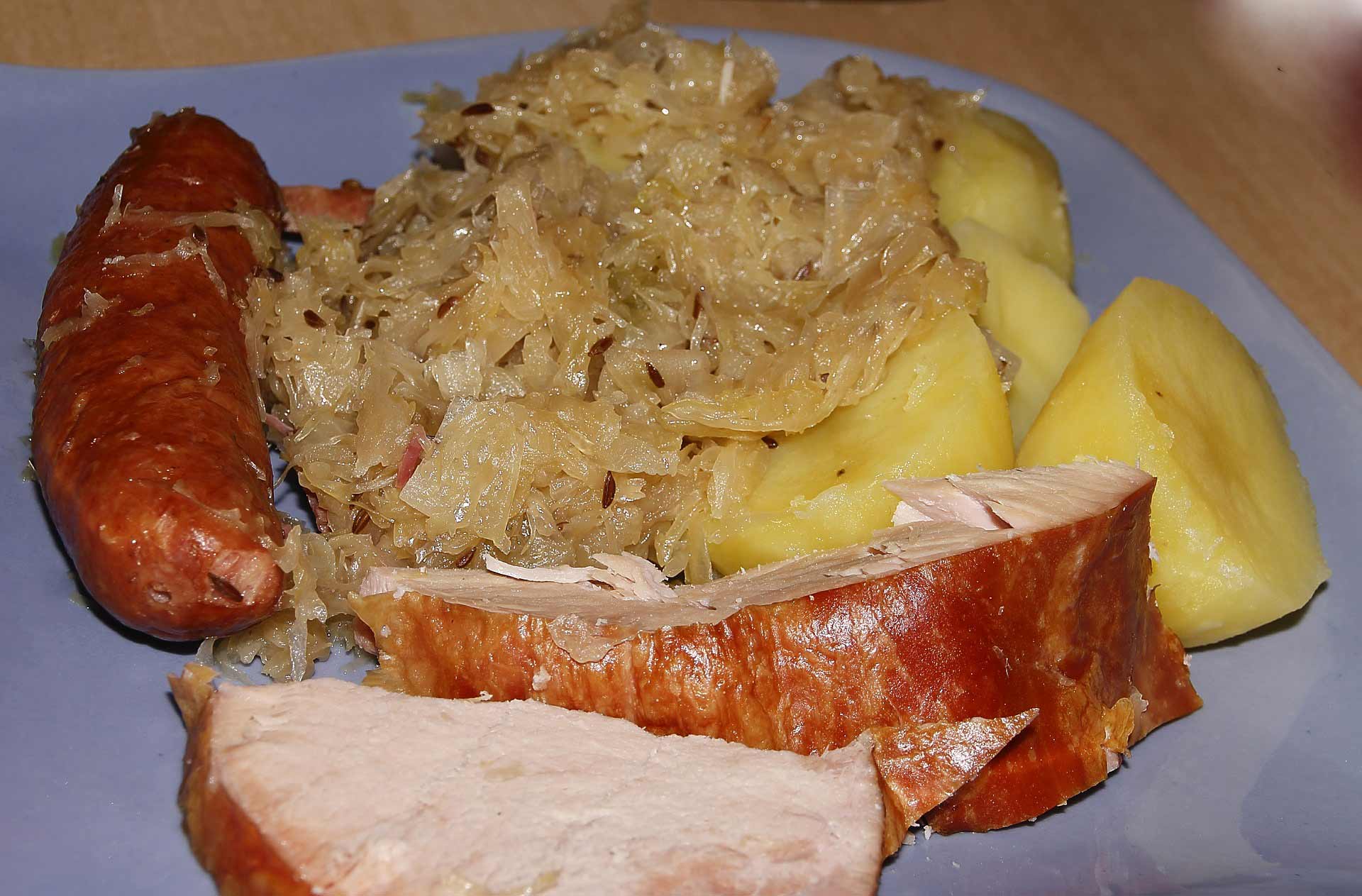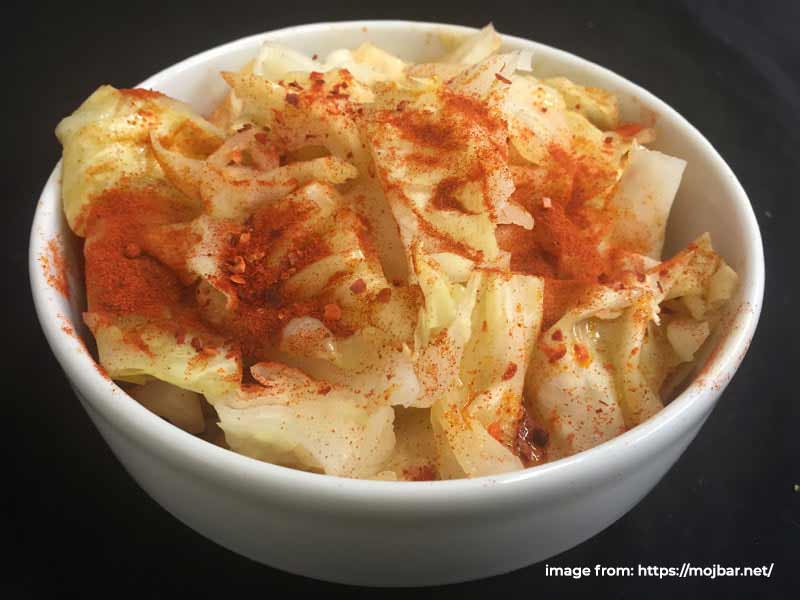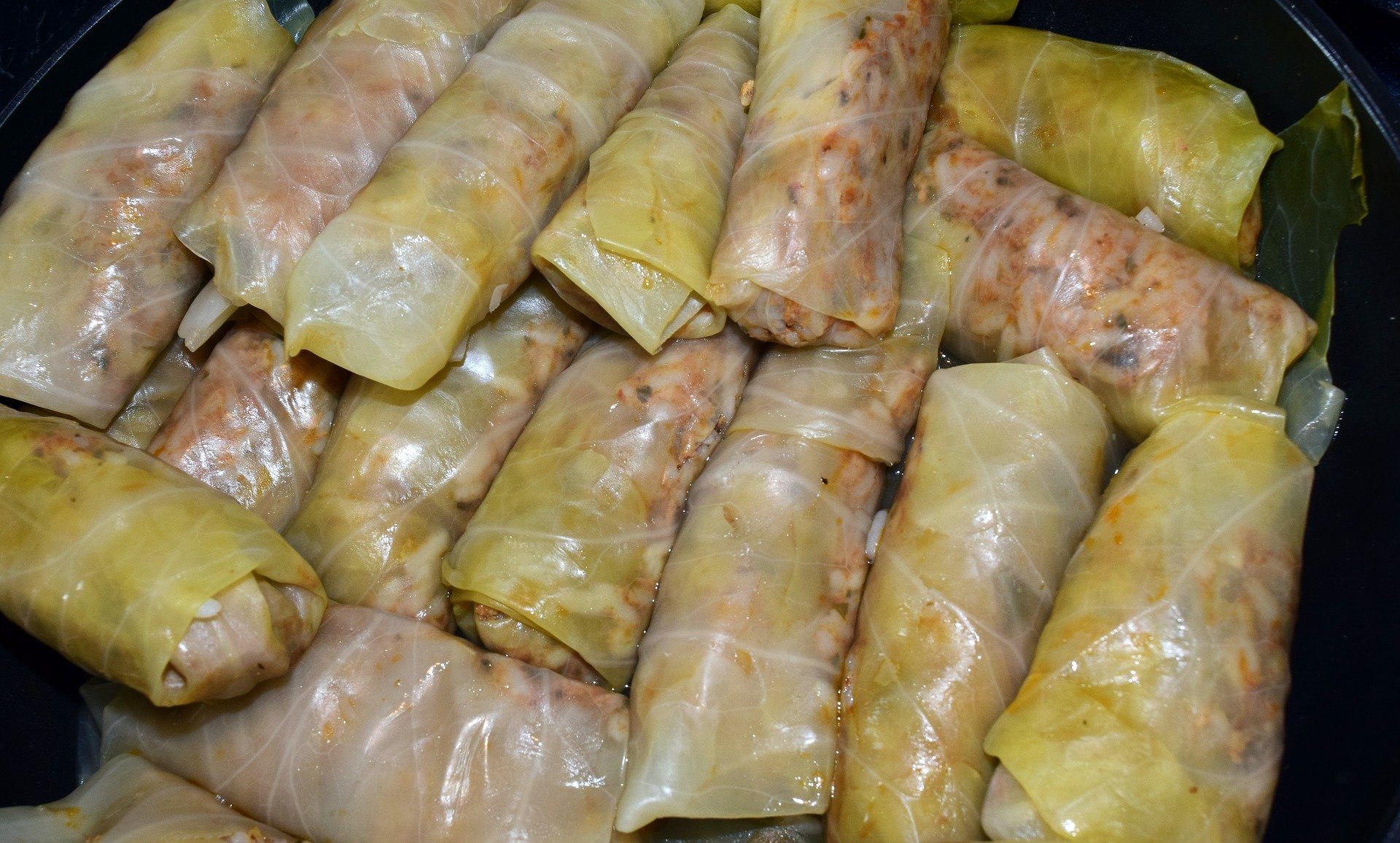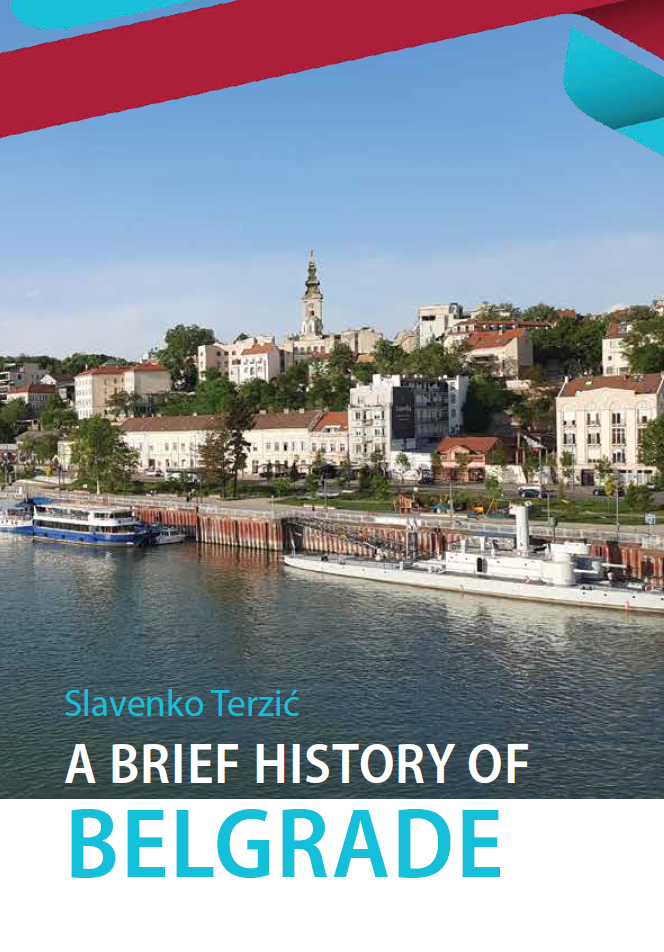Sauerkraut unites us!
Sarma, podvarak, and svadbarski kupus (literal translation wedding cabbage) are just some of the dishes characteristic of the countries of Southeast Europe, and especially of the countries of the Western Balkans. Recipes and traditions that have been passed down from generation to generation for centuries have become so characteristic of this afternoon that we consider them the gastronomic heritage of this region. Depending on the landscape, the recipes can vary, but what is constant in each recipe is sauerkraut. Wherever you are in the Balkans, sauerkraut is prepared in the same way!

Sauerkraut in the Balkans
The tradition of pickling cabbage in this area is more than a century-long. During all this time, sauerkraut is prepared in the same way.
While other peoples pickle it in the form of finely chopped cabbage – „ribanac“ cabbage, we Balkans do it specially. Cabbage is pickled in heads here.
According to a tradition of more than a century, cabbage is pickled in barrels and large tubs. All that is needed for fermentation and preparation of sauerkraut are salt, water, cabbage, and of course patience.
The traditional recipe says that whole heads of cabbage, which have been previously cleaned, should be arranged in a large barrel or tub. It is desirable to cut a few heads of cabbage into quarters to "jam" them more easily and thus place the cabbage in a stable position. To 30 kg of cabbage, it is necessary to add about a kilogram of salt in a cotton cloth to dissolve slowly. When the cabbage is placed in the barrel, it is necessary to pour water to a height of 2 fingers above the cabbage. Install a wooden press and stone. Arm yourself with patience and et voila - cabbage is ready to ferment!

Sauerkraut dishes
The Balkans have always been a crossroads of civilizations. In the Balkans, East and West met, cultures intersected, and so did food routes. The best example is sarma. Origins of sarma come from the Turkish word "sarmak" which means to twist and wrap. However, there is a long history of a similar combination of sauerkraut - minced meat that developed under German influences.
In any case, sauerkraut has been eaten in the Balkans for ages. Records of sauerkraut in this area can be traced back to the Middle Ages.

Sauerkraut dishes are varied with various names which can often mislead us. Although of a different name, the dishes are more or less the same in any Balkan country you visit. We can agree that sarma is probably the most popular in all Balkan countries, but there are also sauerkraut dishes characteristic of some of the countries. Wedding cabbage is traditionally very popular in Serbia, so it can be said that it threatens to cloud the glory of sarma. This dish of sauerkraut, which is least eaten at weddings, is usually prepared in winter. It is best to store it in earthenware containers. Manifestations in honor of this gastronomic bomb also testify to its popularity. The most famous among them is certainly the "Cabbage Festival in Mrcajevci".
Do you like sauerkraut? What is your favorite sauerkraut dish?













